Consultations for Winter & Spring Designs - Available Now
Our Mission
Our passion is to create and install beautiful, sustainable gardens using plants native to the Mid-Atlantic region. Our gardens are aesthetically pleasing, well-designed native plant ecosystems that are as much of a delight to their human owners as to the creatures who live, dine and work in them.





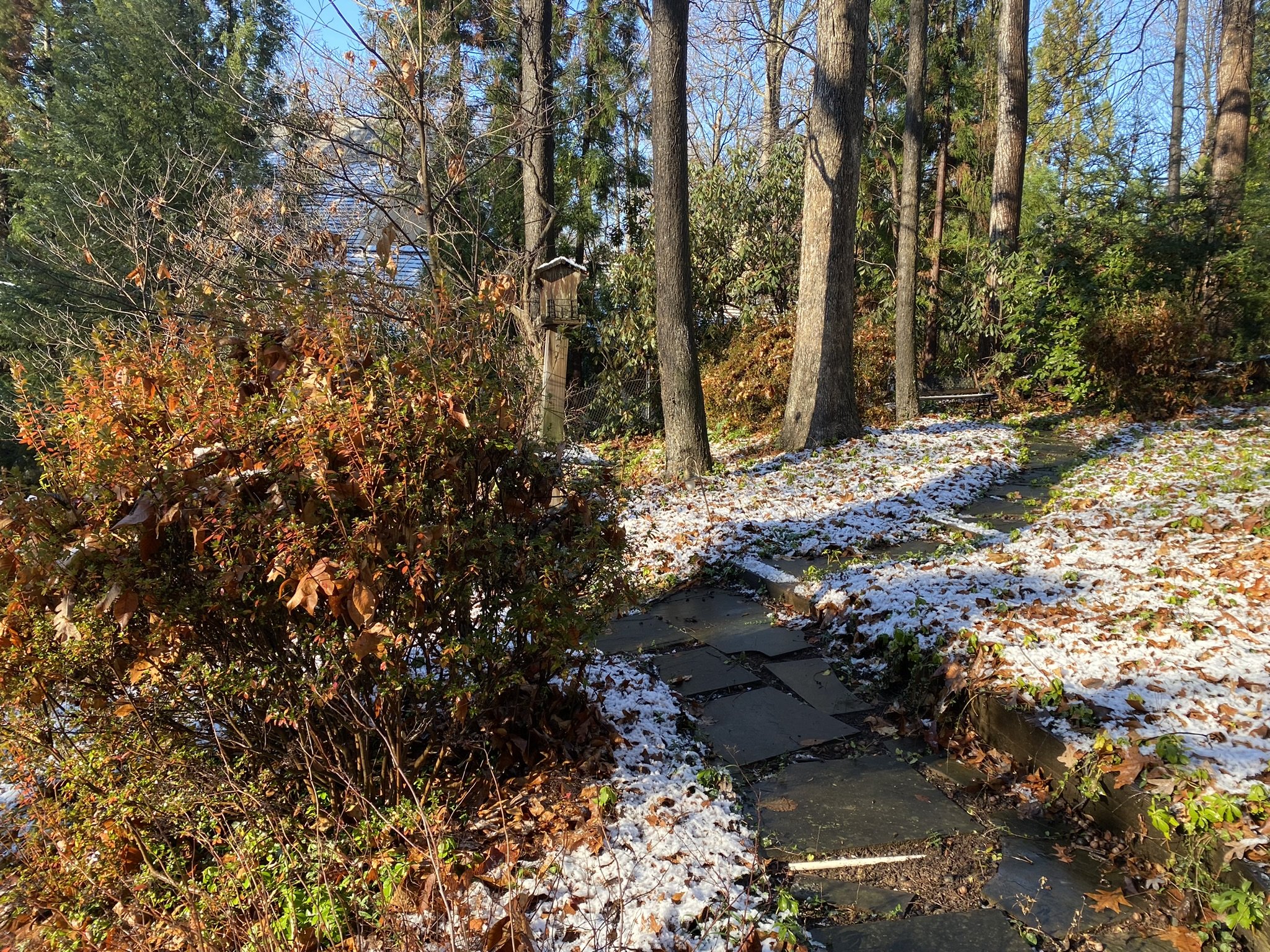
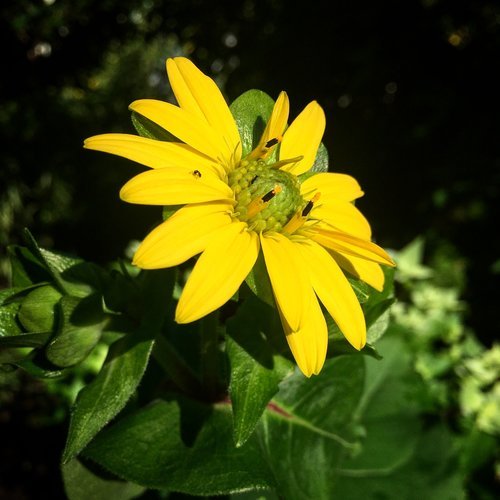






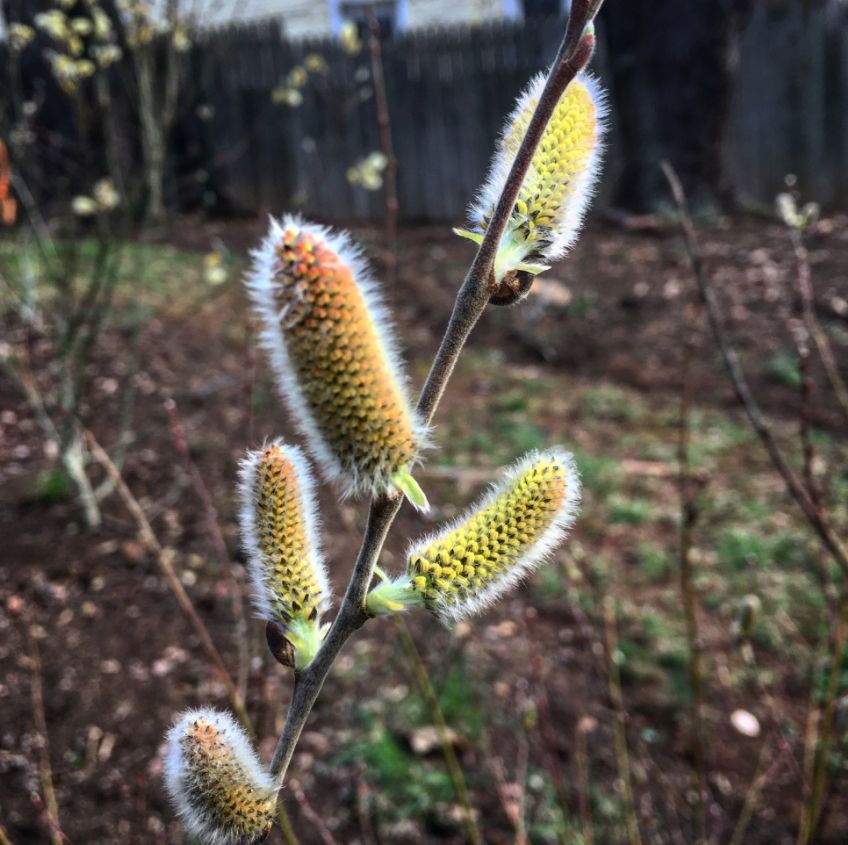


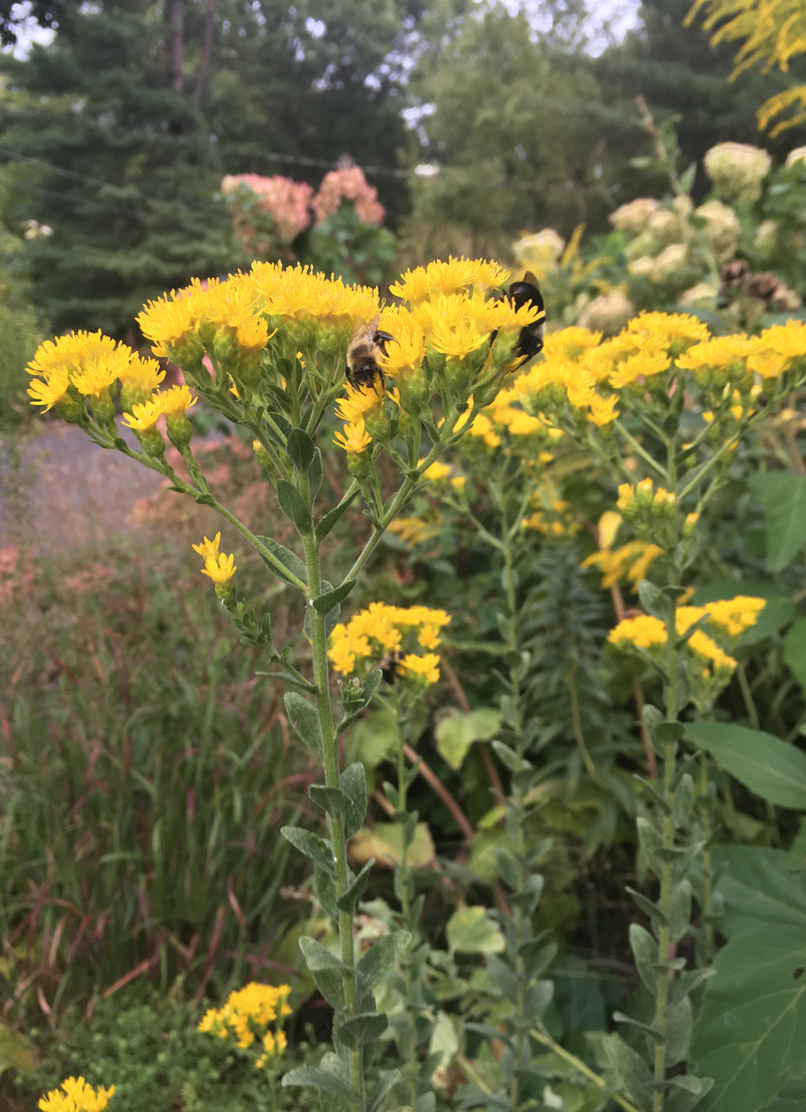



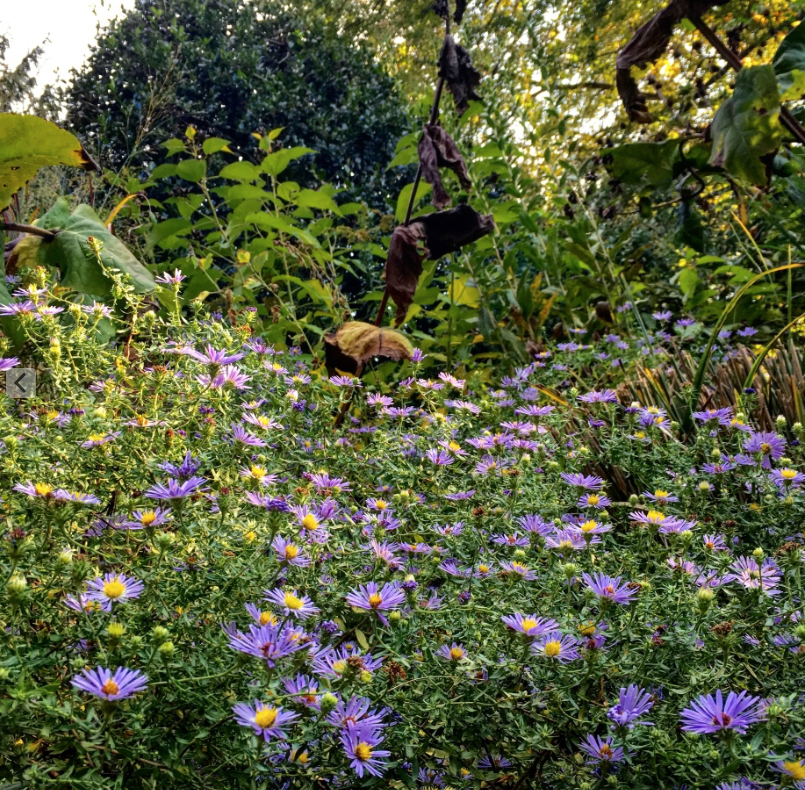
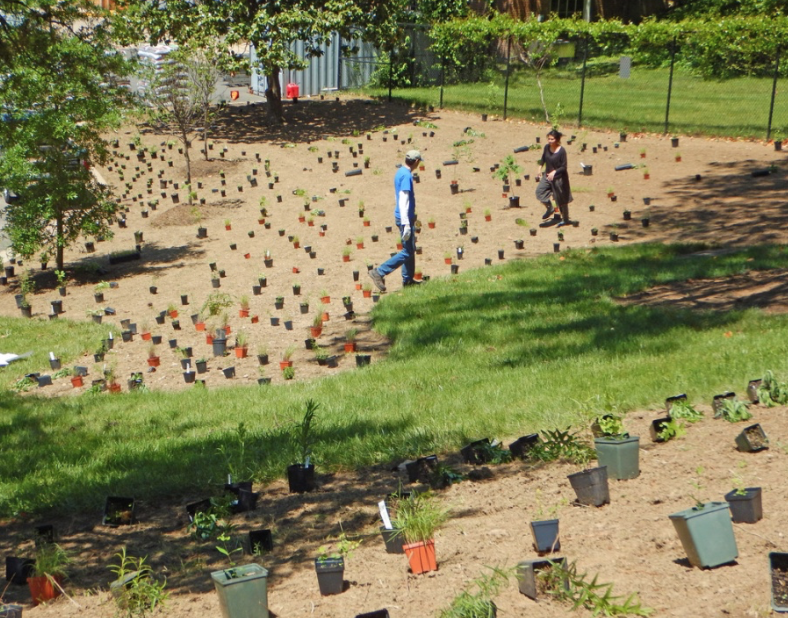












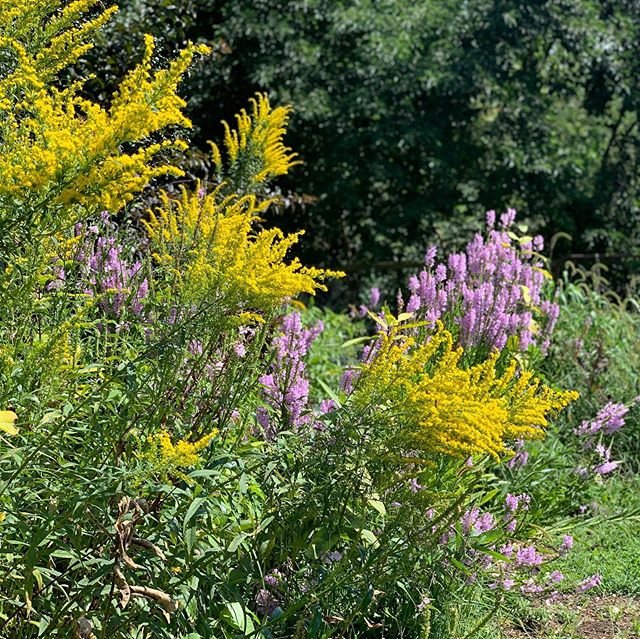
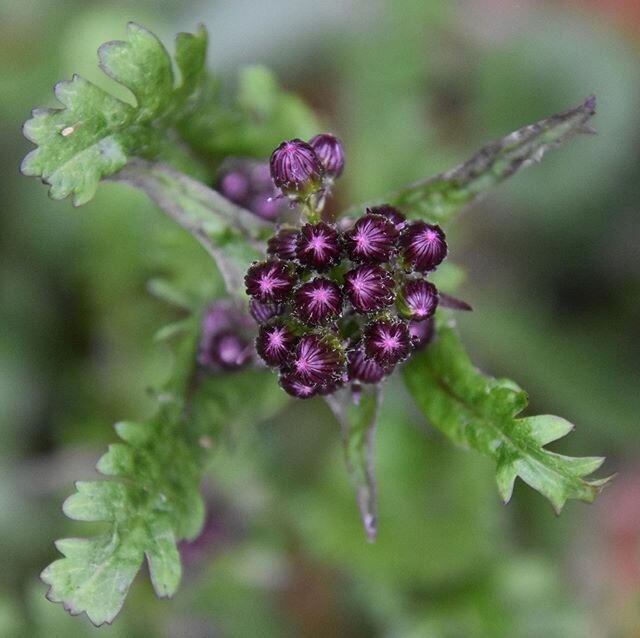
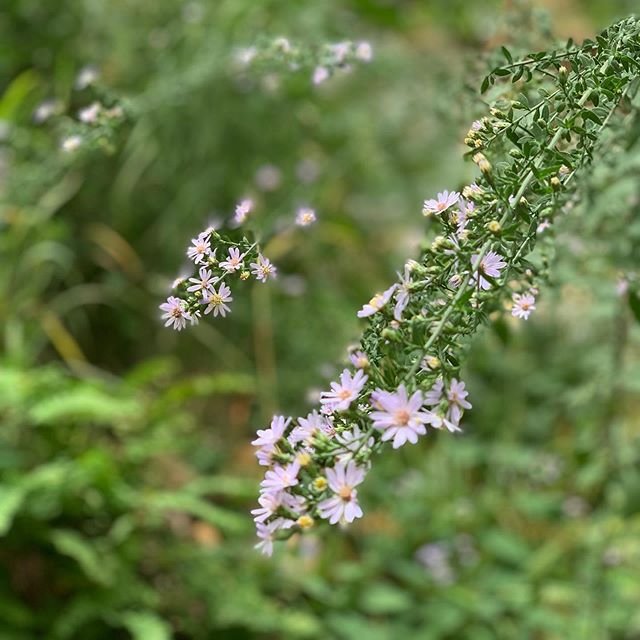

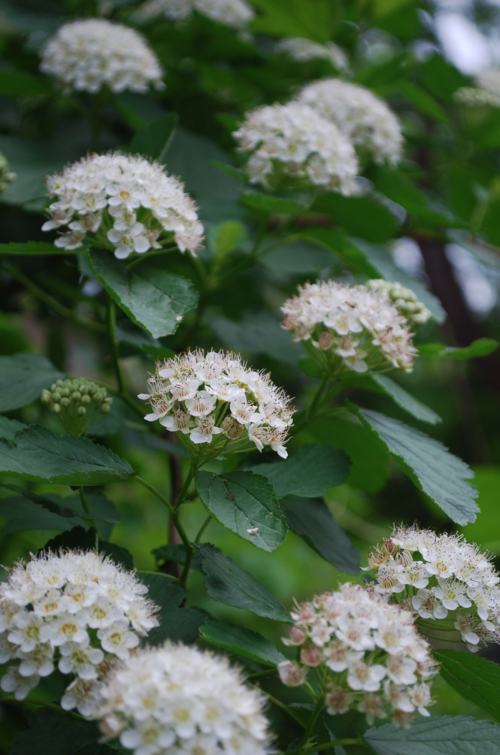
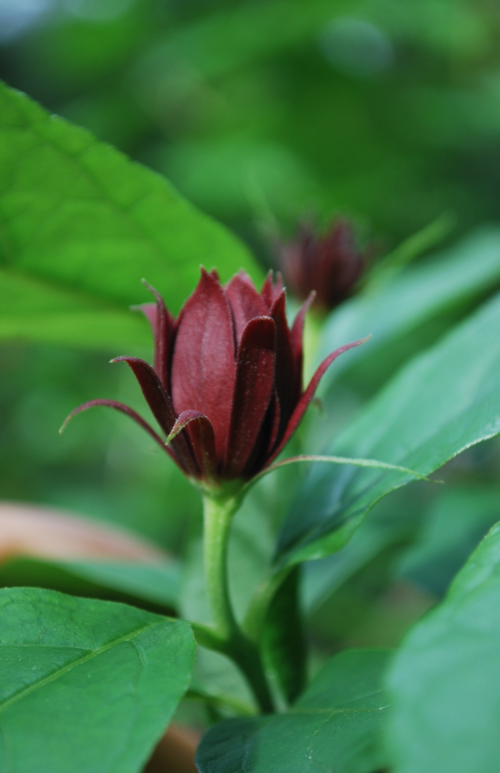

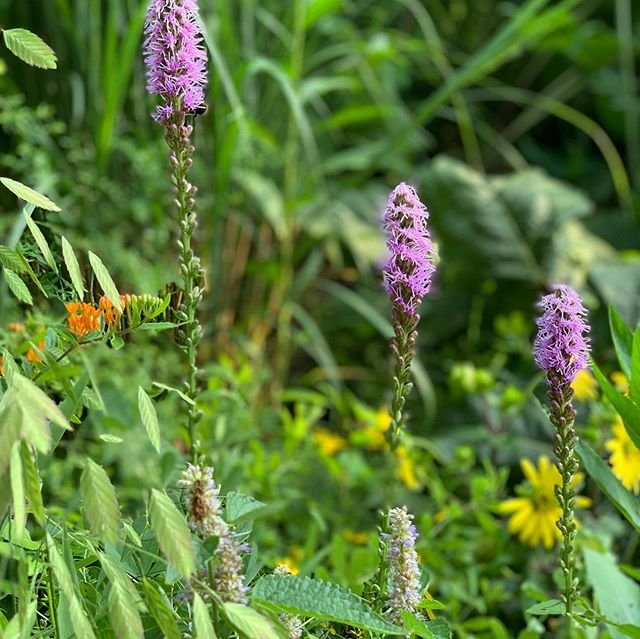


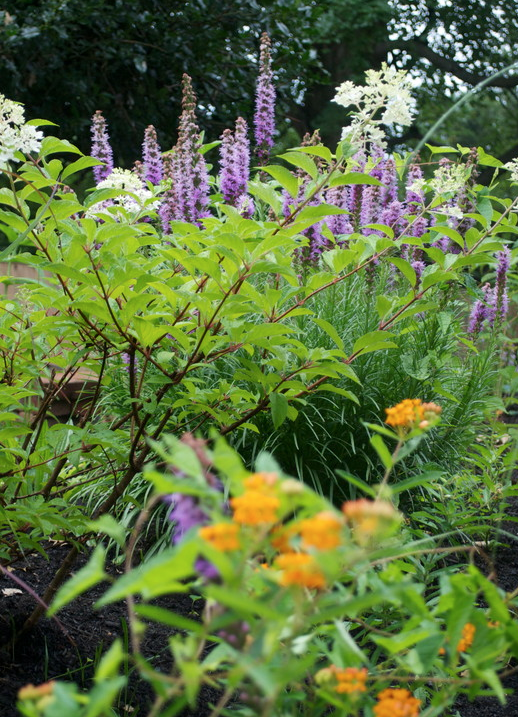












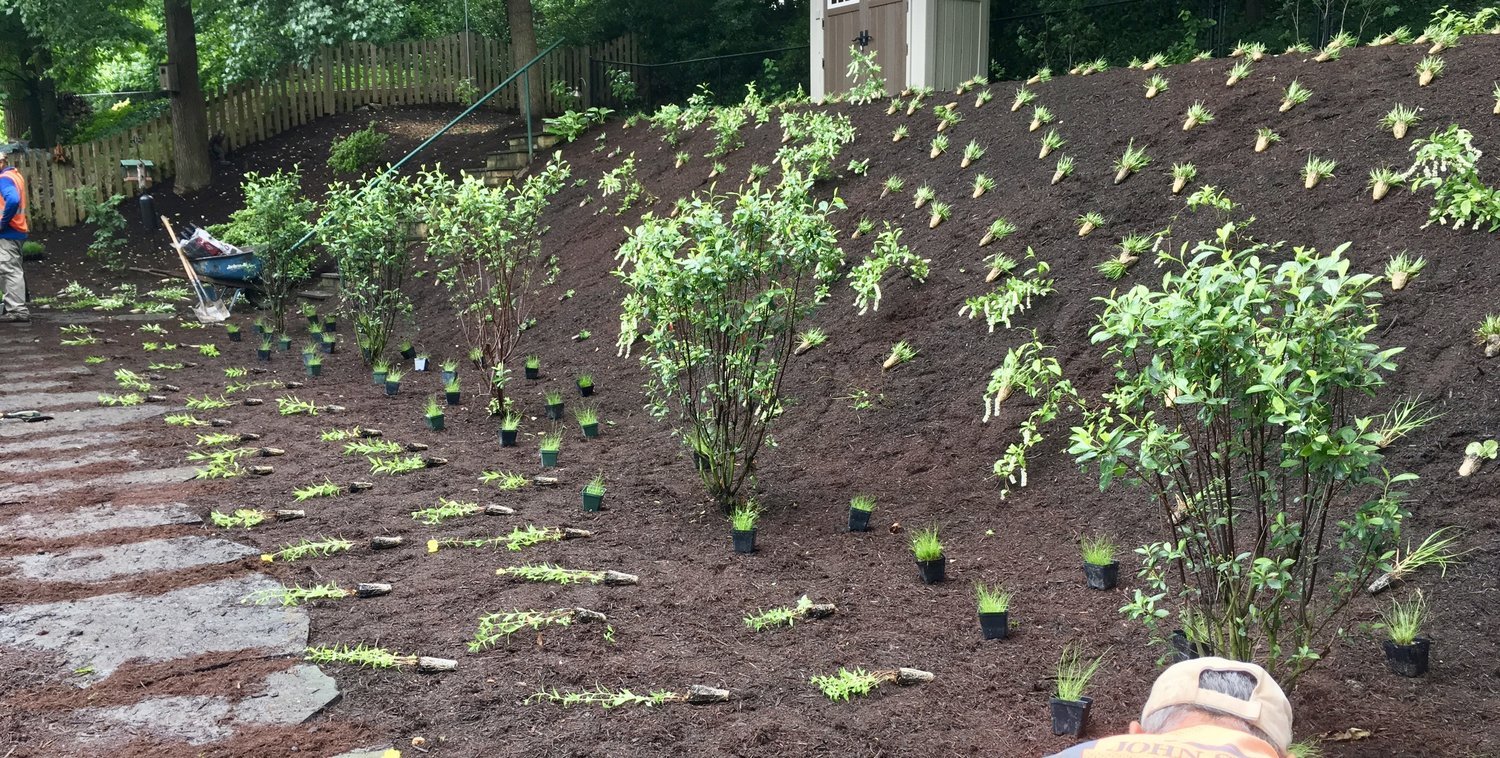





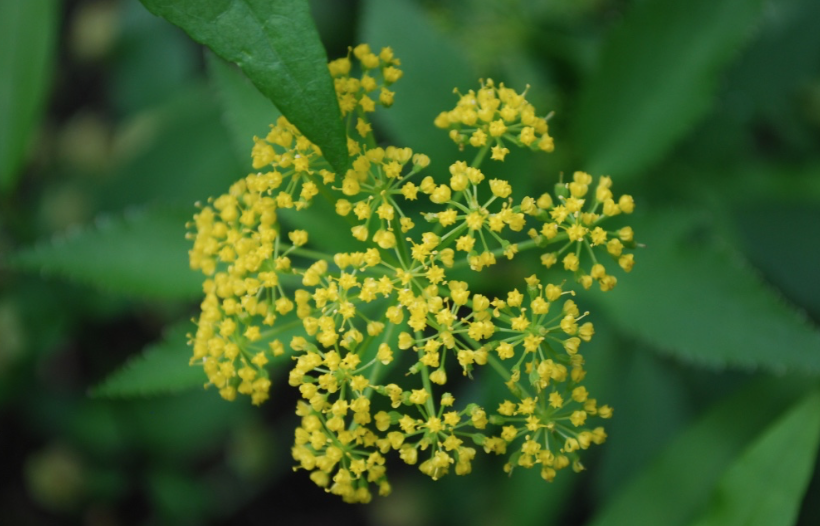

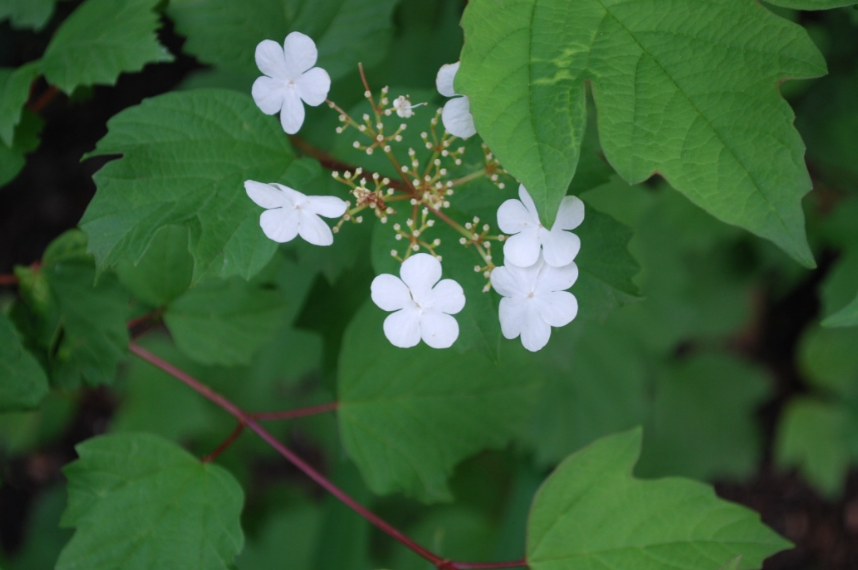
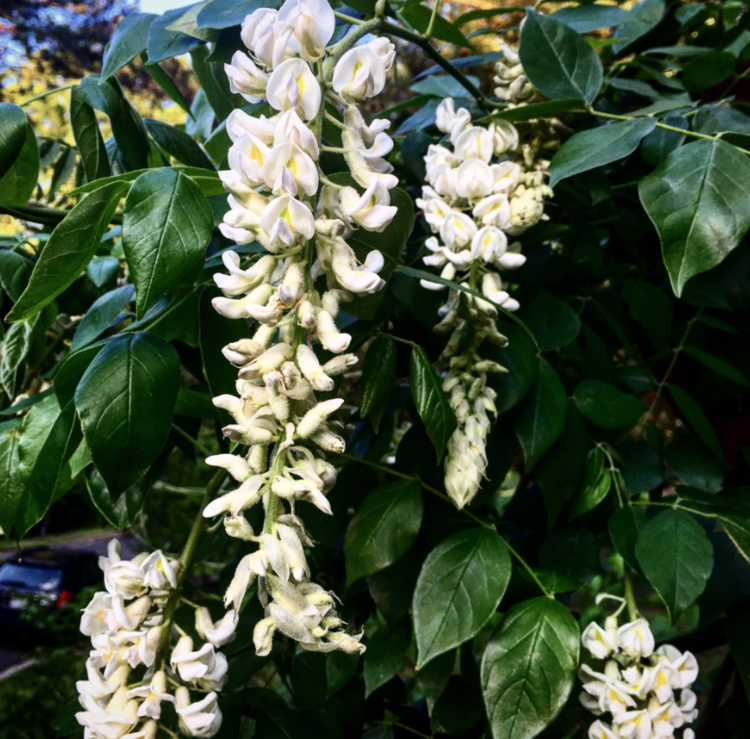
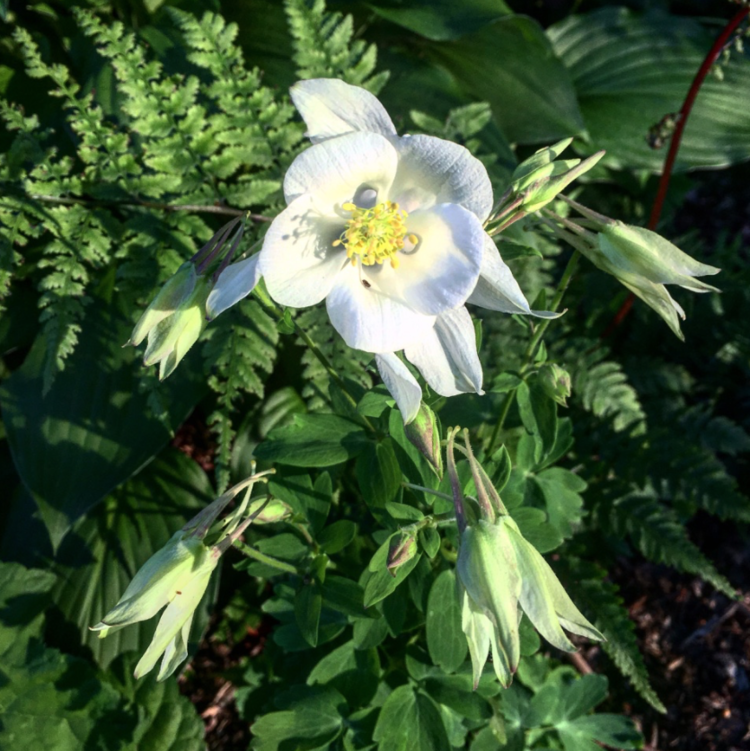


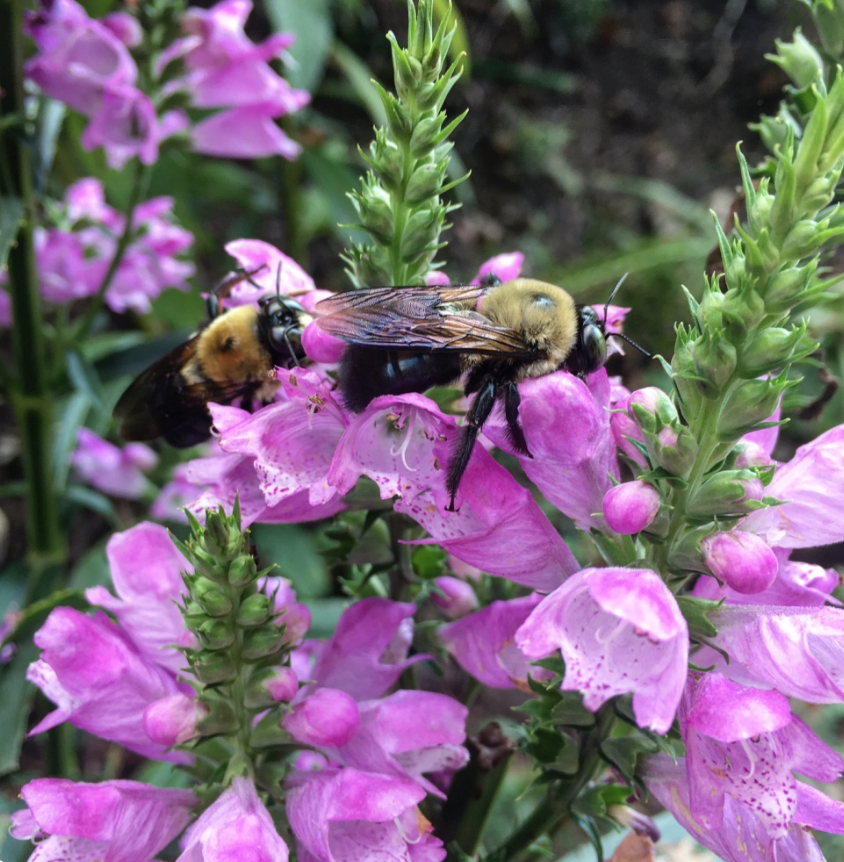



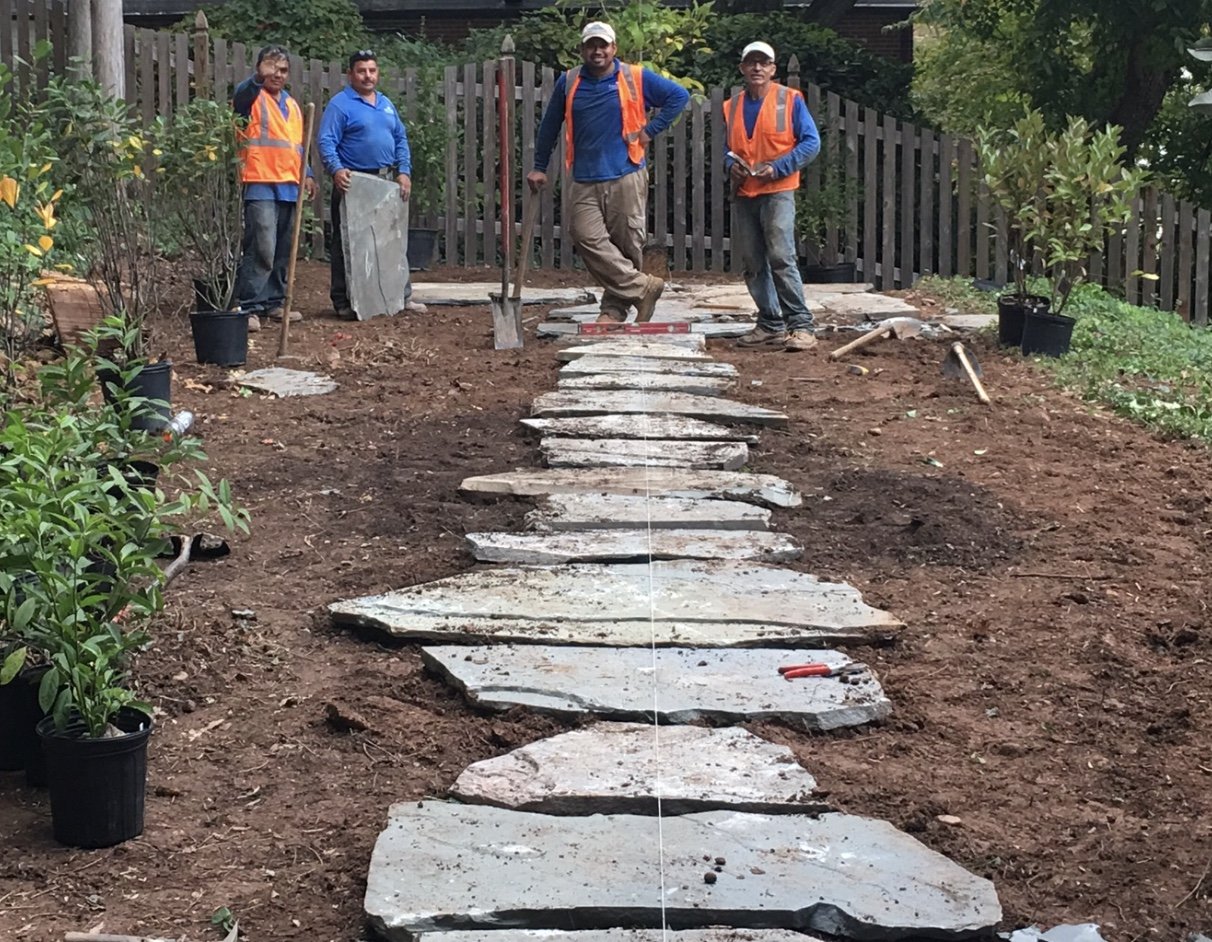

We are a full-service, experienced landscape design group dedicated to native plants. Since 2013 we have designed hundreds of beautiful, tailored, sustainable gardens in Northern Virginia, D.C. & Maryland. Our gardens are biodiverse, and thoughtfully designed, to meet both our client’s needs and style and the conditions of their site. Although plants are our passion, we also plan and install all elements of a successful garden environment, including trails, walkways, patios and stairs.
Our philosophy is that everything in our gardens needs to work hard, providing both beauty and ecological function.
Seasonal Tips & News
-

Native Plant of the Month: American Holly
Rising in the understory of Northern Virginia’s mixed hardwood forests, American holly (Ilex opaca) stands out as one of the few native evergreens that keeps the landscape vibrant through winter. Its dense foliage creates valuable year-round refuge for wildlife, particularly birds seeking protection from predators and cold weather. The American holly is also naturally dioecious, meaning individual trees are either male or female, and only the females produce the iconic red berries. Beyond its visual appeal, this species plays a critical ecological role by supplying winter food for birds, stabilizing forest soils with its deep roots, and contributing to long-term woodland resilience.
-

Horticultural Tip of the Month: Gardening Tool Care
Winter is the perfect time to give your gardening tools a little off-season TLC so they’re ready to work hard once spring arrives. Start by thoroughly cleaning off soil and sap, then drying tools completely to prevent rust. Sharpening pruners, loppers, and shovels now will make your spring chores much easier and more precise. A light coat of oil on metal surfaces and wooden handles keeps them protected through these upcoming cold, damp months. With everything clean, sharp, and stored properly, you’ll enter spring gardening with tools that feel practically brand-new.
-
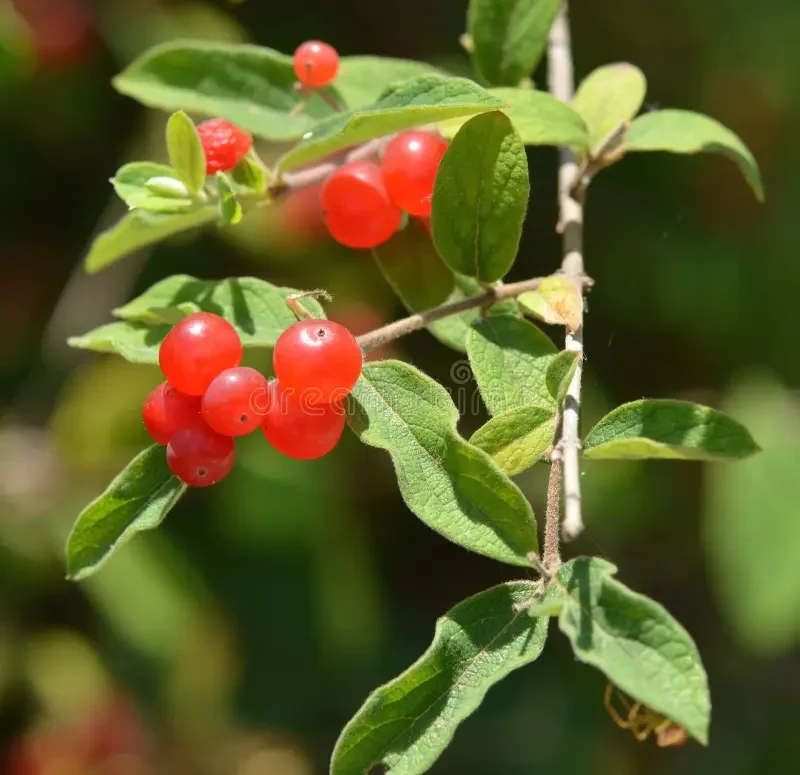
Invasive Plant of the Month: Bush Honeysuckle
Bush honeysuckle, especially the Amur and Morrow varieties, have become a highly aggressive invader in Northern Virginia, quickly forming dense thickets that outcompete native shrubs and young trees. Despite their sweet-smelling spring flowers, these plants produce berries that are surprisingly low in nutritional value for wildlife, tricking birds into favoring them over more beneficial native fruits. Their spread dramatically alters forest structure by shading out understory plants, reducing biodiversity, and creating poorer habitat for insects, birds, and other forest species.





